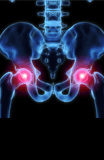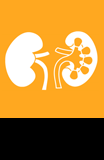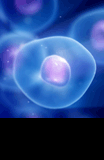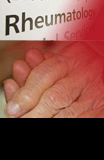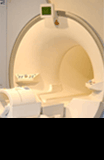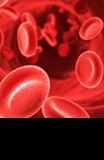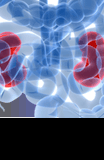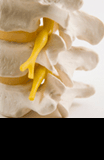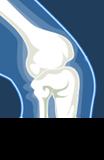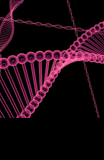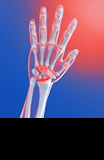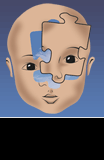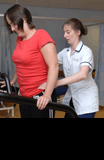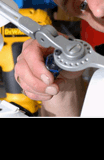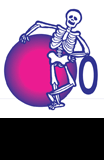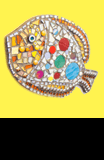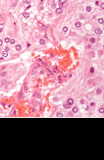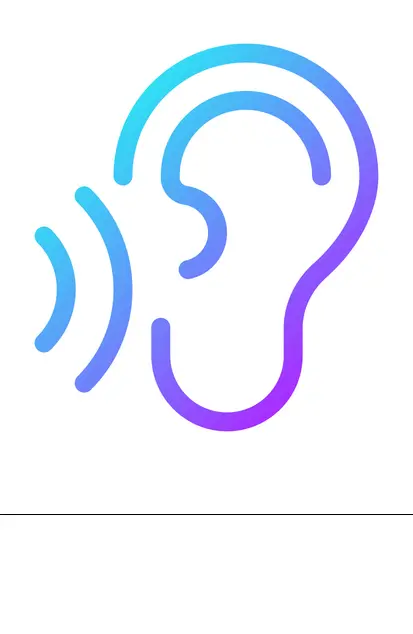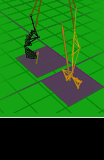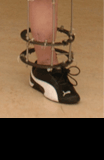New implantable defibrillator to protect against cardiac arrest

A new device that enhances the treatment of abnormal heart rhythms and prevention of sudden cardiac arrests has been used for the first time at Oxford University Hospitals NHS Foundation Trust (OUH).
Cardiac patients at the Trust's Heart Centre, located at the John Radcliffe Hospital in Oxford, who have had or are at risk of developing life-threatening arrhythmias can be given a new type of implantable cardioverter defibrillator (ICD) that offers advantages over currently available ICDs.
An ICD is used in survivors of cardiac arrest, or for people with certain heart conditions that put them at high risk of having a cardiac arrest.
These small devices, which are implanted under the skin and soft tissues in the chest, monitor a patient's heart rhythm continuously. If the patient develops a fast, dangerous heart rhythm – a cardiac arrest – the ICD can deliver a life-saving electric shock to the heart and prevent them from dying.
One of the first patients to use the new ICD is Ellen Meek, who had it fitted in June 2024.
Ellen has a family history of sudden cardiac death and, last year aged 39, she was diagnosed with an inherited form of a heart muscle disease called Dilated Cardiomyopathy.
While she hasn't experienced any heart-related signs or symptoms, she had the device fitted as a preventative measure because her condition means she is at high risk of sudden death from arrhythmias.
Ellen, from Swindon, said: "I discussed my options with Dr Julian Ormerod and we decided that the best course of action would be for me to have an ICD. This ICD appealed to me due to its smaller size, the fact that it was based on newly developed technology and that it could perform some pacing functions without having leads implanted directly in my heart.
"I am really pleased with how smoothly the device implantation and recovery has gone and would like to thank Dr Ormerod and the whole OUH team for the excellent care that I received.
"I needed to take painkillers for about two weeks post-operatively and had to take it fairly easy for the first week. After two weeks I was pain free and going about most of my usual activities including my lunchtime walks. I now feel very comfortable with the device and am looking forward to getting back to full fitness again, including training for a half marathon later this year."
Standard ('transvenous') ICD models can also offer pacing for slow heart rhythms and can terminate some arrhythmias without needing a shock, though they require a lead to be placed inside the heart.
The key difference of this new 'Aurora extra-vascular ICD' system, produced by Medtronic, is that the wire, which allows the heart and device to communicate, is located behind the sternum (breastbone).
This means that it offers the features of a transvenous ICD without the need for hardware to be implanted inside the heart or great veins. This means it should be easier and safer to extract in the future if a problem develops. The generator is small and has a comfortable shape, with the intention of making it easier for patients to live with.
OUH implants around 250 ICD-type devices per year.
Dr Julian Ormerod, a Consultant Cardiologist at OUH who, along with Dr Matthew Ginks, implanted the new type of ICD for the first time in April 2024, said: "We are very pleased to be able to offer this new type of ICD to our patients in Oxford and the surrounding area. It has several features which may be particularly beneficial to certain patient groups, including those in my Inherited Cardiac Conditions clinic who often require an ICD at an early age."





